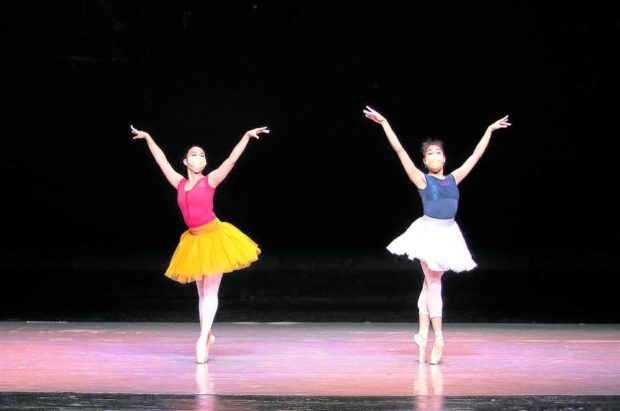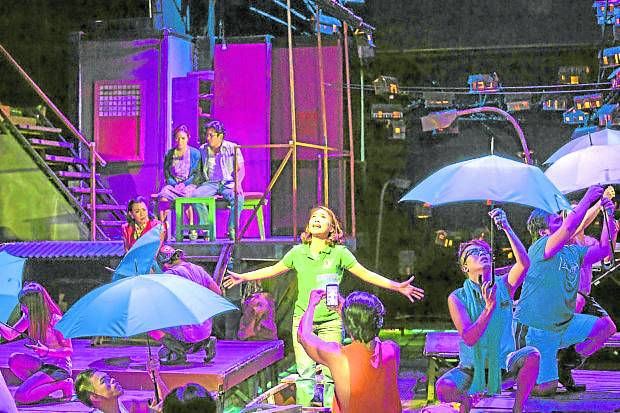
Caught unaware, the Philippine art scene was stunned into either cancellation or hibernation in 2020, more precisely starting in March. Live events such as plays and concerts suffered the most as shows planned months in advance had to be called off temporarily, but in some cases, permanently. Books couldn’t be launched without people. Art couldn’t be exhibited without people to appreciate the art. It turned out that art and culture relied on the actual presence of art lovers, on the mixture of different textures and opinions, the contrasts and the communion. We lost some of our brightest lights into 2021. (See related article on p. G2.)
But as the second year under quarantine dawned, the internet and plain ingenuity released art and culture from behind barriers. It was the art galleries that figured it out first, by migrating their shows online, until it felt almost normal to be able to attend an artist’s event and fixate on a new work on a screen.
Theater accepted streaming as a substitute for the live audience, with the Philippine Education Theater Association finally streaming the jukebox musical “Rak of Aegis.”
Tanghalang Ateneo’s take on Oedipus Rex was the first production designed for streaming, and soon other companies were able to reach their audiences the same way.
It turned out you could launch physical books without people physically present, as delayed book launches were delayed no more in the “new normal,” with delivery services and online sellers like Shopee and Lazada also providing publishers a way to sell the books they were launching.
The established book stores themselves took the very same route, and while there it is nowhere near the wonder of browsing the shelf—just like looking at a painting online is nothing like staring at the swirls and colors of paintings in person—for now, it was good enough. New books were finally launching, to everybody’s relief.
Unexpected gift
Awards were being given again.
In fact, the wonders of Zoom allowed festivals, literary and film, to go on, this time with guest speakers from across the globe because they didn’t have to be physically present, an unexpected gift after the grief that came from the isolation.
As the pandemic made its way into the art itself—showing up in the words and the images—we had a chance to remember our lost ones together over Zoom. After almost two years locked indoors, artists will surely have embedded their experiences of the pandemic in their works—across media—for years to come.

Aicelle Santos in the Philippine Educational Theater Association’s “Rak of Aegis” —IRENE C. PEREZ
But as the community quarantine classifications began to change, so too did the Philippine art scene’s ability to bring people back into the fold.
Galleries could allow visitors to come by appointment under strict health protocols. Just like the restaurants, the book stores could allow guests as long as they followed protocols. But as the government switched from community quarantine to alert levels, the real breakthrough happened, as small groups of people, following those aforementioned health protocols, could go out.
The reopening of the National Museum of the Philippines in October was a landmark event in terms of moving closer to an art scene that was rising, carefully but with determination.

The National Museum reopened in October.
After holding its 2020 iteration online for the first time out of necessity, the year-end Metro Manila Film Festival will be returning to physical cinemas. The cinemas themselves, after all, had reopened as well. On Dec. 4, after two years of renovations, the Ayala Museum will reopen as well. When the spaces for arts are able to accept art lovers again, you are heading in the right direction. At the very end of the year, the most significant event will happen: The Cultural Center of the Philippines, at one point having shuttered its performance venues due to the venues and its performers unable to make a living, is set to hold a double bill of “Swan Lake” and “Tuloy Ang Pasko”—in the flesh, in front of a live audience.
Viruses mutate, protocols change, but art survives, and artists find a way. Now, they know how. INQ

Inquirer Lifestyle’s Pam Pastor interviews author Lang Leav over Zoom for the Philippine Readers and Writers Festival.








































